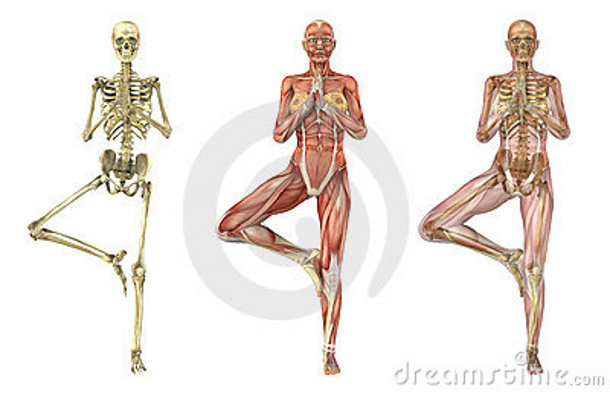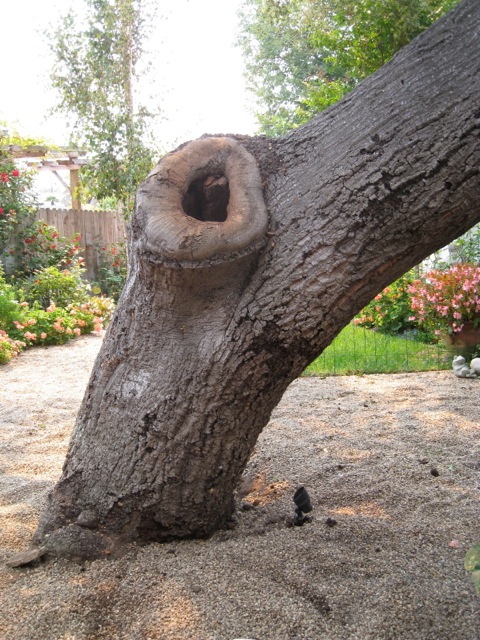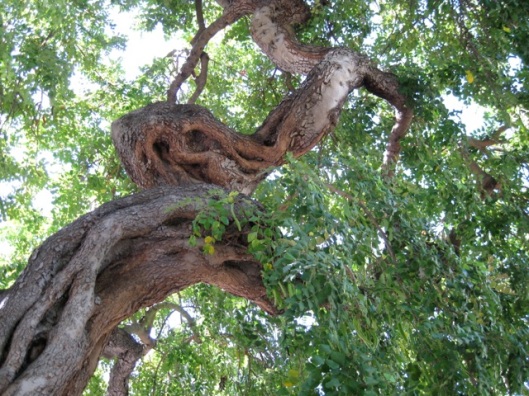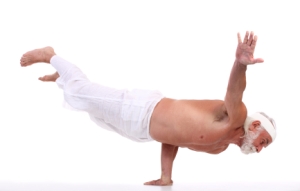
This post is by Bill Spiewak, an arborist in Santa Barbara, CA, and originally appeared on his blog, Treemendous.
Last month in my arboriculture class, I may have implied to my students that this instructor is falling off the deep end. I asked them to stand and assume the yoga position, tree pose. My objective was to introduce them to the biomechanics of trees.
As humans, we integrate our core muscles with our mind by combining strength, focus, and balance to get into the tree pose. Many of us are challenged by this potentially relaxing stance. Yet practice helps us to develop the posture.
The tree pose in yoga mimics a tree and seems like a good way to teach about the capacity that trees have to stay upright. Although there are no brains or core muscles in trees (maybe we thought so in the sixties), physiological processes are triggered by the forces of wind and weight. These processes stimulate the production of wood that allows millions of trees to stand with a wide range of interesting structural frameworks.
I asked students to feel the challenge of the tree pose and compare themselves to a tree. What would their tree need to do to stand, especially as branch growth, weight, and weather impose forces upon their simple upright form?
This led to the discussion about the mechanical design of trees. There are five points presented in the book Arboriculture by Harris, Clark and Matheny. In addition, Dr. Claus Mattech, one of the cutting-edge research scientists on this topic, presents his perspective in his scientific work, The Body Language of Trees.
Perhaps the science is a bit much for this blog, but I would be amiss if I didn’t share the points that make this arborist ponder the tree pose in yoga practice.
- Trees grow to evenly distribute stress along their surfaces.
- Over time, there are no overloaded or under-loaded points.
- Mechanical stress results in active cambial growth.
- A tree’s internal anatomy is directly related to mechanical strength.
- The manner in which a tree grows reveals the pattern of stress.
Summary: Due to their anatomy and physiology, trees can remain quite stable and adapt to some pretty bizarre conditions, thus providing us with some very interesting aesthetic designs in nature.
You can read about these concepts or take my class next spring… or perhaps, try the tree pose while focusing on a tree right outside your window.











Leave Your Comment